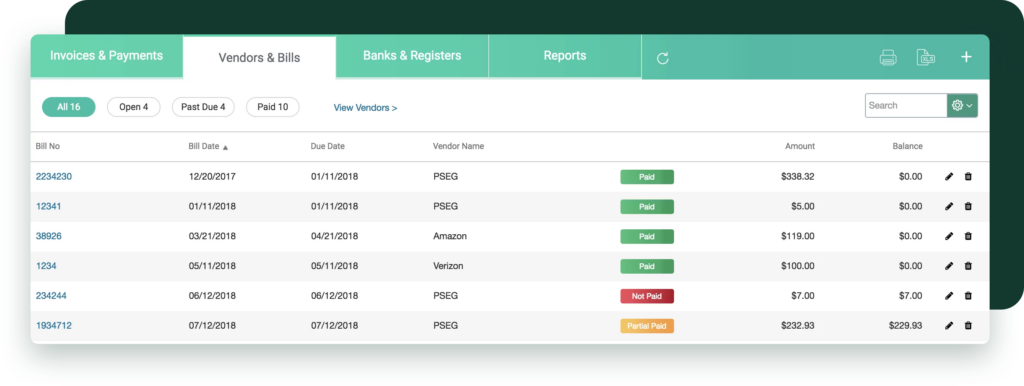Law firms should employ different billing models to accommodate their clients’ needs and optimize revenue generation.
Setting your law firm’s billing rates is key to your success. It’s not just about being competitive; it’s also about being profitable while considering market rates, your firm’s reputation and your clients’ ability to pay. In this post we’ll look at the factors to consider when determining your law firm’s billing rates and how to optimize your pricing strategy for long-term success.
Benchmarking Your Law Firm Billing Rates
To establish a solid base for your billing rates you need to know industry benchmarks. Knowing what the top law firms charge per hour is a good starting point for your pricing strategy. According to recent stats the average national billing rate is between $100 per hour to $500. It’s important to consider both average attorney fees and average attorney rates as key benchmarks when setting your law firm pricing. But remember rates vary depending on your location (firms in big cities charge closer to $400/hr or more, small town firms charge less), practice area and level of expertise.
To help determine the best legal billing rate for your firm you can use industry surveys, geographic averages and peer comparisons, including comparing your rates to other lawyers in your practice area. These resources provide valuable insight into the prevailing billing rates for specific legal services, average attorney fees, and attorney fees in general, so you can align your pricing with industry standards.
Common Billing Models in Legal Services
Law firms should employ different billing models to accommodate their clients’ needs and optimize revenue generation. Understanding the different models and their advantages and disadvantages can help you determine the most suitable approach for your firm. The most common law firm billing models include:
Hourly Rate
This model bills clients for the exact time and effort put into their legal matters. But clients may worry about time inefficiencies or the unpredictability of costs.
Retainer
A retainer fee is a fixed amount clients pay upfront to secure ongoing legal services and availability from the law firm. When the client pays the retainer fee, these funds are typically deposited into a trust account or trust accounts to ensure proper management, billing, and security for ongoing legal services. This arrangement not only protects the client’s money but also clarifies the attorney client relationship by establishing clear expectations for both parties. The retainer model helps maintain consistent cash flow for the firm, supporting financial stability and operational planning. This fee is a deposit which is usually applied towards future billable hours or services rendered. By having a retainer agreement clients have the peace of mind knowing the law firm is committed to providing timely assistance whenever needed and the retainer fee ensures priority access to legal expertise. It gives clients security and allows law firms to allocate resources effectively, creating a win-win situation.
Flat Fee
This model offers a fixed price for specific legal services regardless of the time invested. With a flat fee model clients know the total cost upfront, they have cost certainty. This is often used for routine legal tasks with predictable workloads. But it may not be suitable for complex or unpredictable cases where the scope of work can change—read more about when to use flat fee vs. hourly billing.
Contingency Fee
Contingency fees involve receiving payment as a percentage of the client’s legal settlement or court awarded damages. In a contingency model attorney percentage fees average around one-third of the total legal settlement fees awarded to the client. Law firm fees and legal fees in these arrangements are typically calculated as a percentage of the client’s recovery. Clients like this model as they only pay if the case is successful. However, the use of contingency fees may be restricted or regulated by the state’s ethics rules, which can govern whether such fee structures are permitted in certain types of cases. But it carries more risk for the law firm as there is no guarantee of payment if the case doesn’t succeed.
Blended Rate
A blended rate combines different billing models to provide flexibility and align pricing with different tasks and expertise levels. Senior partners often have higher rates due to their advanced expertise, which can significantly influence the overall blended rate structure. The blended rate model allows you to customize your billing approach based on the specific requirements of each case, helping to optimize the firm’s workflow by aligning billing with the expertise required for each task. For example, you might charge a flat fee for initial consultations, an hourly rate for research and document preparation, and a contingency fee for trial representation. This model provides a balance between cost transparency and flexibility to cater to different client needs.
The Role of Value Billing
In recent years there has been a shift towards value billing in the legal industry. Value billing focuses on the outcomes and value delivered to clients rather than just billable hours. By understanding the value your services bring to clients you can factor it into your pricing strategy. This way you can ensure you charge a fair rate that aligns with the impact and benefits your firm provides.
The Role of Value Billing
In recent years, there has been a shift towards value billing in the legal industry. Value billing focuses on the outcomes and value delivered to clients, rather than solely relying on billable hours. By understanding the value your services bring to clients, you can factor it into your pricing strategy. This approach helps ensure that you charge a fair rate that aligns with the impact and benefits your firm provides.
Having access to accurate and comprehensive data enables firms to make informed decisions when it comes to adjusting their billing rates.
Use Your Data to Adjust Your Legal Billing Rates
When determining what your law firm’s billing rates should be, consider the following:
- Your years of experience
- The complexity of your case types
- The profitability of past cases
- How long it takes to close cases
- The urgency of your clients’ cases
- Your firm’s operational costs
Data plays a vital role in informing fee adjustments for law firms. Having access to accurate and comprehensive data enables firms to make informed decisions when it comes to adjusting their billing rates. By leveraging data on billable hours, revenue per case, and profitability analysis, firms can gain valuable insights into their financial performance. This data allows them to evaluate the effectiveness of their current fee structures and identify areas for improvement. Whether it’s adapting to market changes, aligning rates with the value provided, or staying competitive, data-driven fee adjustments ensure that firms are making strategic decisions based on actual performance metrics, not just hunches. By utilizing data to inform fee adjustments, law firms can optimize their billing practices, improve profitability, and ensure they are charging an appropriate and competitive rate for their services.

Data-driven billing in CARET Legal
Regularly Reviewing and Adjusting Your Billing Rates
It’s crucial to your long term success to regularly review your law firm’s billing rates. Many law firms regularly review their rates to stay competitive in the market. As mentioned, economic conditions, market changes, growth and your firm’s evolving expertise all impact the value of your services. Understanding legal pricing trends is necessary for making informed adjustments to your rates. By reviewing and adjusting your rates regularly you can adapt to the changing landscape and ensure your pricing is fair and competitive. Plus clients like to know what to expect upfront which builds trust and prevents misunderstandings.
How CARET Legal Supports Billing Rate Management
Adjusting billing rates over time becomes a breeze when you have all the data you need automatically tracked within a comprehensive legal practice management system like CARET Legal. Recognizing the importance of efficient billing rate management for law firms, our platform goes beyond simplifying the payment process. CARET Legal helps law firms bill for different types of work and streamlines the process of billing clients by providing robust tools for tracking billable hours and managing invoices. As a leading legal billing software, CARET Legal improves billing efficiency by automating time tracking, simplifying invoicing, and ensuring accurate records for each client’s matter. With CARET Legal you can automate time tracking, generate detailed reports and analytics, and get valuable insights into your firm’s financial performance. This data driven approach allows you to streamline your billing workflow, improve profitability, and make informed decisions on resource allocation. By using our user friendly interface you can focus on what really matters: delivering great legal services to your clients.
By benchmarking your rates, considering legal billing guidelines, trying out different billing models and regularly reviewing and adjusting your rates you can improve profitability, resource allocation and client satisfaction.
